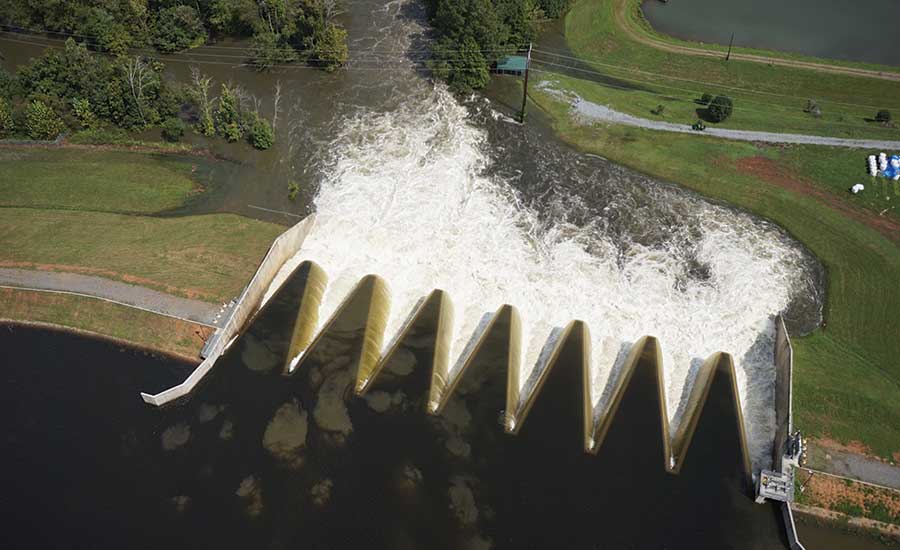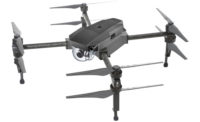Quentin Wheeler, a retired U.S. Navy helicopter pilot and the CEO of a North Carolina company called Applied Drone Systems, has been flying drone missions over flooded towns in southeastern North Carolina during the Hurricane Florence emergency. He is delivering condition assessments, but also refining his proposal to set up in-house drone departments and systems for departments of transportation using only secure U.S.-built drones and technology.
He proposes to help DOTs establish standardized systems by offering end-to-end services, including provisioning with U.S. built drones and a software management system built around an enterprise platform from Berkeley, Calif.-based 3DR called Site Scan. The software is developed by 3DR and the drone data is processed on U.S.-based servers, with users having complete ownership of their data. Wheeler also offers to train DOT pilots for flight, operations and mission planning.
“We could help them crawl, walk and run and build drones into their processes,” Wheeler says. “I’ve been in commercial drones from very beginning. This is exactly what I do.”
Wheeler says agencies showed interest when he began pitching last December, but it was “a slow burn” until the forecasts for Florence came in. “That really kicked it into high gear,” he says. In September he flew Greensboro, Fayetteville and Lumberton, but then he returned to Raleigh for a meeting with the NCDOT.
“Now the construction guys and engineering guys are beginning to realize something is there with drones,” Wheeler adds. “Most are in an awakening phase … they’re past the early adopter phase.”
As of Sept. 25, James Pearce, spokesman for the NCDOT’s Division of Aviation, reported the division had flown 250 missions in the emergency using DOT staff, the highway patrol and contract pilots. In addition to uses for damage assessment, public communications and response and recovery planning, the 26,000 images and video collected also have helped accelerate the process of obtaining federal disaster declarations.





Post a comment to this article
Report Abusive Comment